Maria Bartuszová – Tate Modern, London
Continuing my exploration of Tate exhibitions of female sculptors, Maria Bartuszová’s works in plaster combine the solid and the ephemeral in pleasingly natural forms.




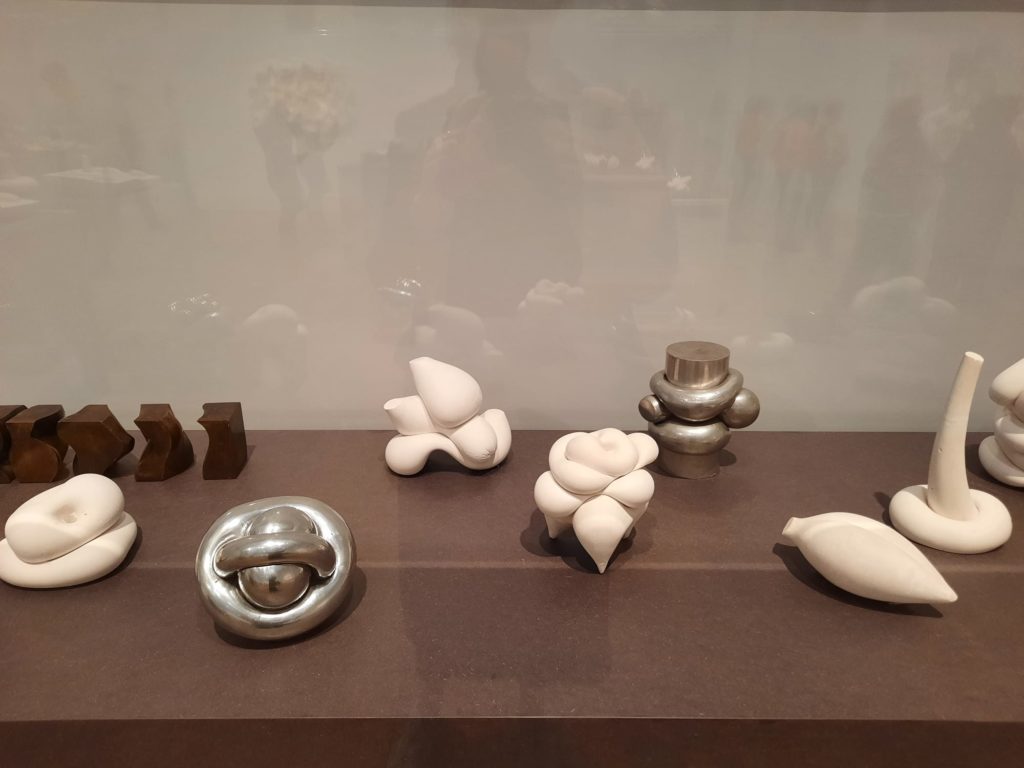
Maria Bartuszová
I wrote recently when I went to see Magdalena Abakanowicz: Every Tangle of Thread and Rope about the Tate’s efforts to exhibit the work of female sculptors. Why sculptors in particular I’m not sure, but it has led me to discover artists I wasn’t previously aware of. I enjoyed Abakanowicz’s large ‘forest’ of heavy works in textile. And today we take a look at something rather different.
Not so entirely different in terms of the backgrounds of the artists. Abakanowicz was Polish, and Maria Bartuszová was Slovakian (or Czechoslovakian at the time I guess). Both benefited from the substantial state support for artists behind the Iron Curtain, and worked within its constraints. But the resulting artworks, although sculptures, are very different.
Maria Bartuszová was born in 1936 in Prague. She also studied in Prague at the Academy of Arts, Architecture and Design, before moving with her husband, a fellow artist, to Košice in what is today Slovakia. Her work features in the collections of several institutions including the Centre Pompidou, Pinault Collection and Slovak National Gallery, but it is only in recent decades that her art has become better known on the international art scene. Exhibitions such as this one aim to remedy this, providing greater recognition and consideration.
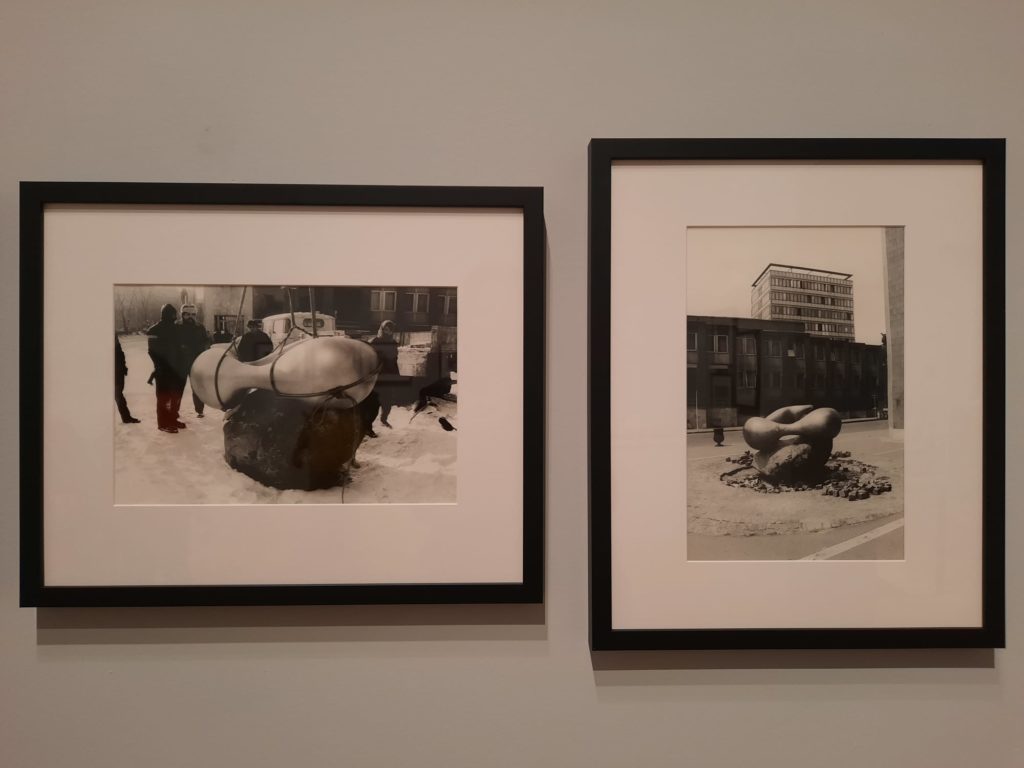
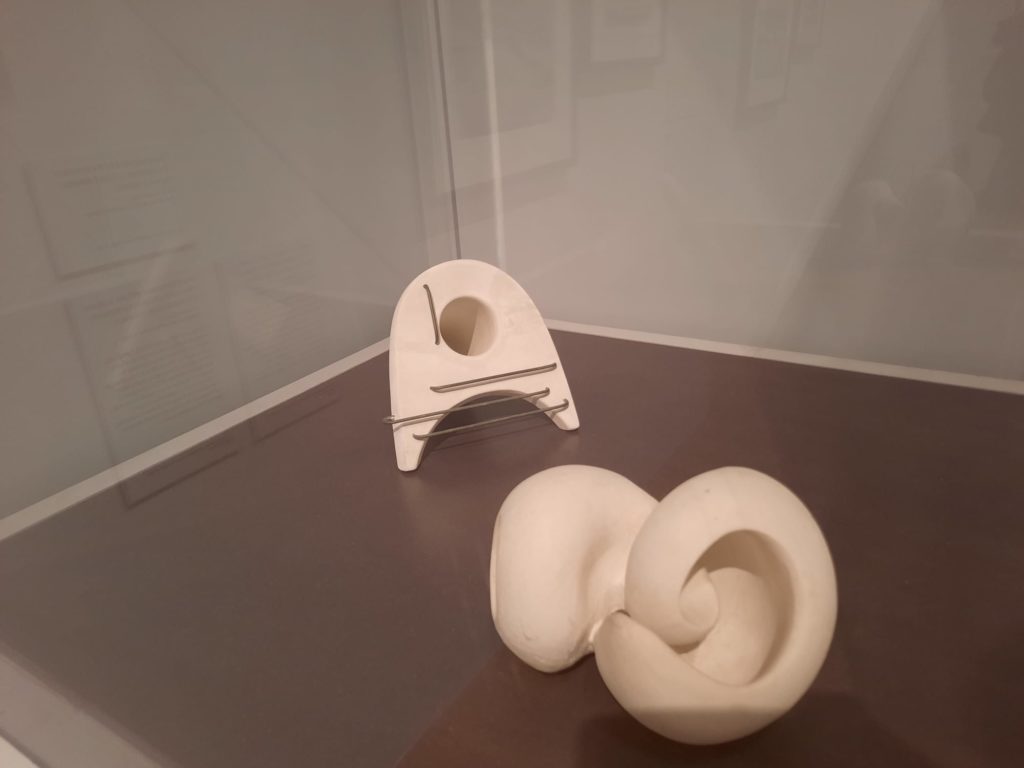
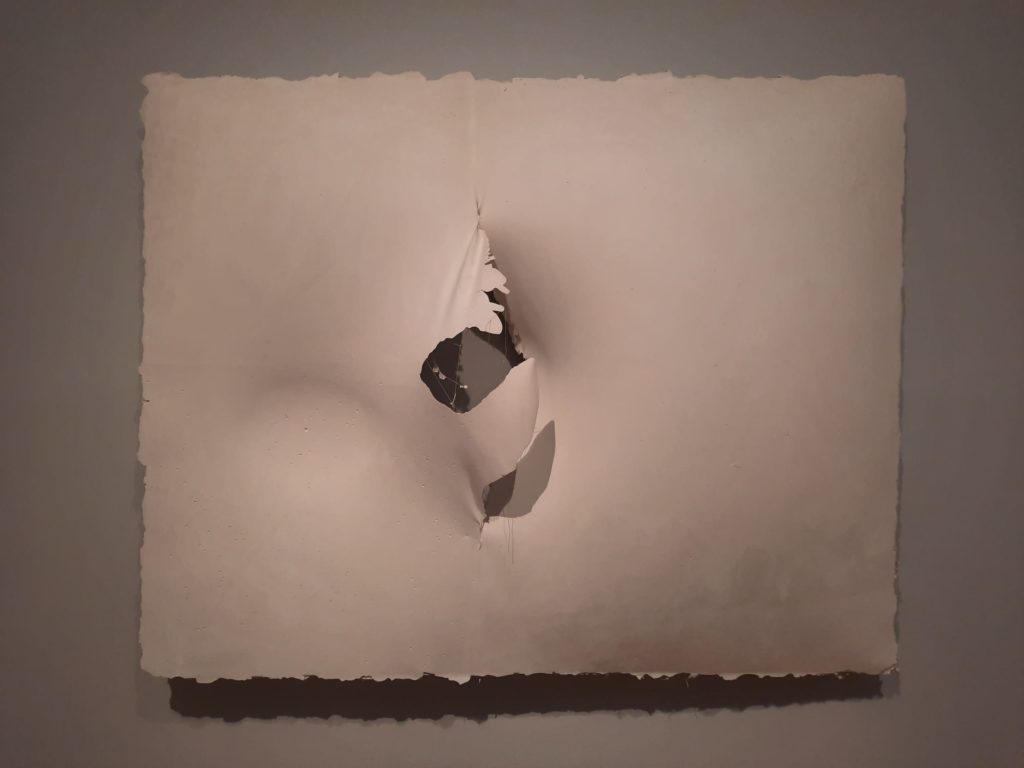
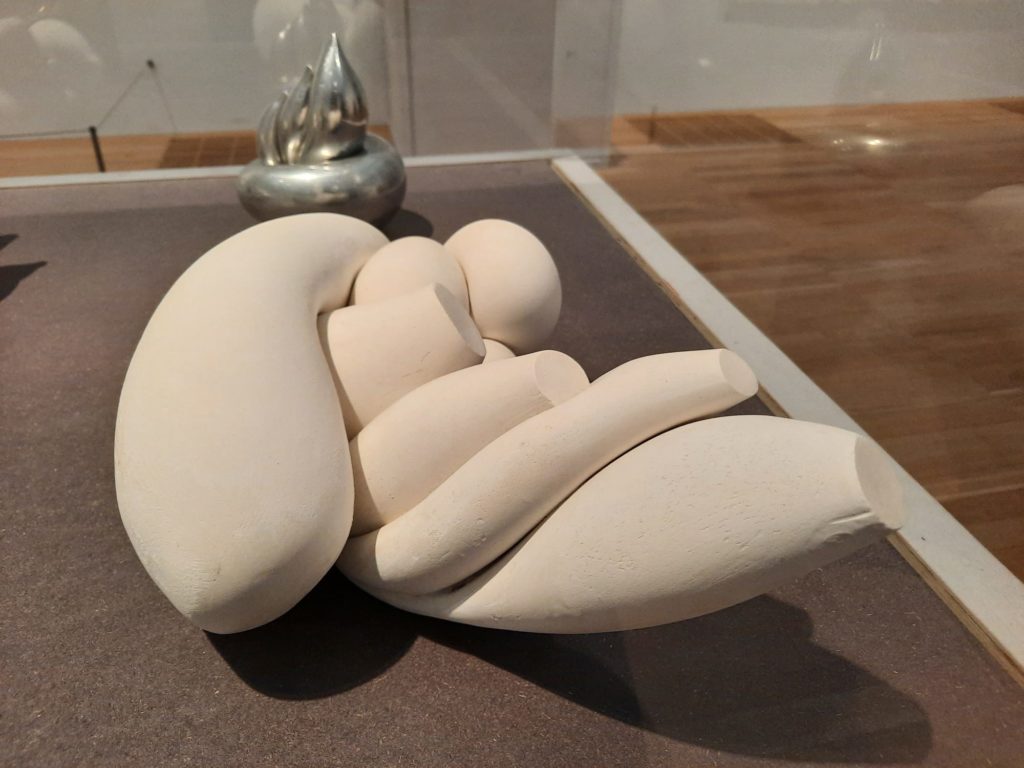
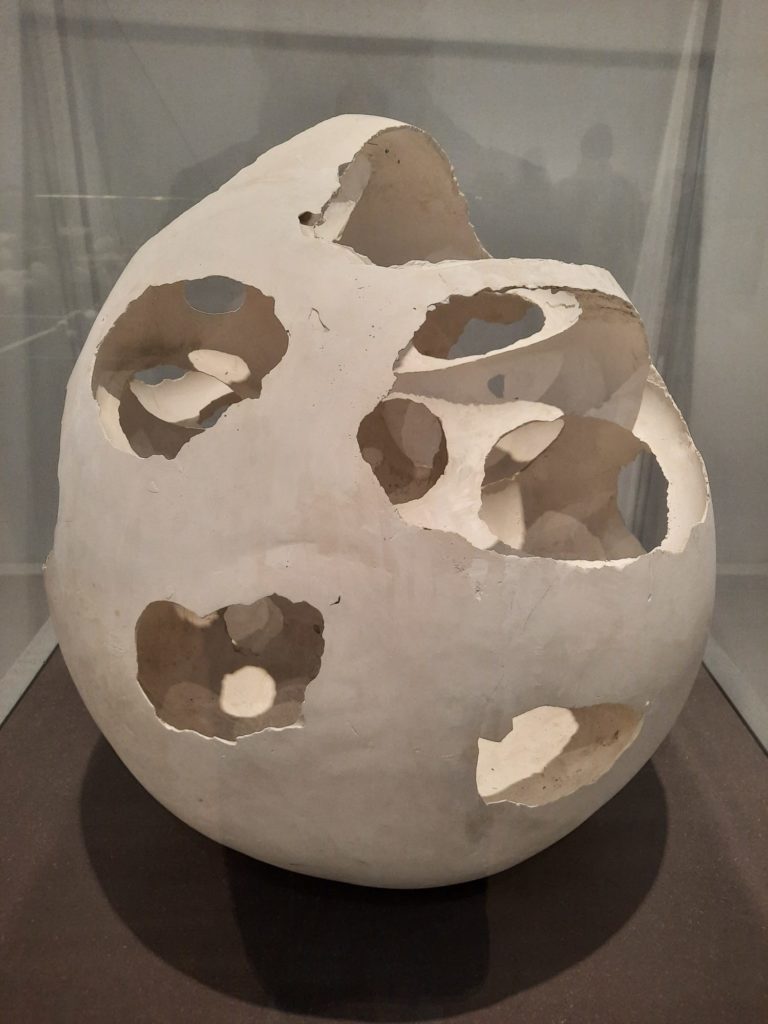
Ephemeral Forms
It’s possible that the techniques Bartuszová employed are part of the reason her star is only posthumously on the rise (that and being a female artist, most likely). You see, she worked primarily in plaster, a material which is typically seen in preparatory studies rather than the finished product. It allowed Bartuszová, however, to create works which were flowing, organic and playful. She experimented with techniques, employing gravity and her own breath to shape her sculptures. She also exploited the ephemeral nature of plaster, bursting balloons or applying pressure to add an element of chance.
Visiting Maria Bartuszová at Tate Modern one weekend, I was struck by how calming all the smooth white shapes are. Bartuszová did cast some of her sculptures in metal, but these are the minority. The plaster forms betray (or perhaps reveal) the processes which shaped them. We see clearly the absence of a balloon in one, the weight of gravity in another. The explanatory texts tend towards lofty words coined by the artist like ‘gravistimulation’, but the actual processes feel more elemental. Bartuszová’s practice was connected to the natural world, and as it progressed it became more complex. In later works we see shapes arranged into installations, intruding into the gallery space. It’s playful, but also a subtle yet insistent artistic voice.
Bartuszová belonged to an artist’s union, which meant in the context of Czechoslovakia that she could work as a professional artist. She sought and won public commissions, despite her works not reflecting the prevailing ideology. I felt a slight sense of loss seeing some of her maquettes. It wasn’t just socialist countries who had professional artists designing mid-century children’s playgrounds, I remember the same in the Noguchi exhibition at the Barbican. We could do with a bit of that today to balance out the cost-saving utilitarianism…
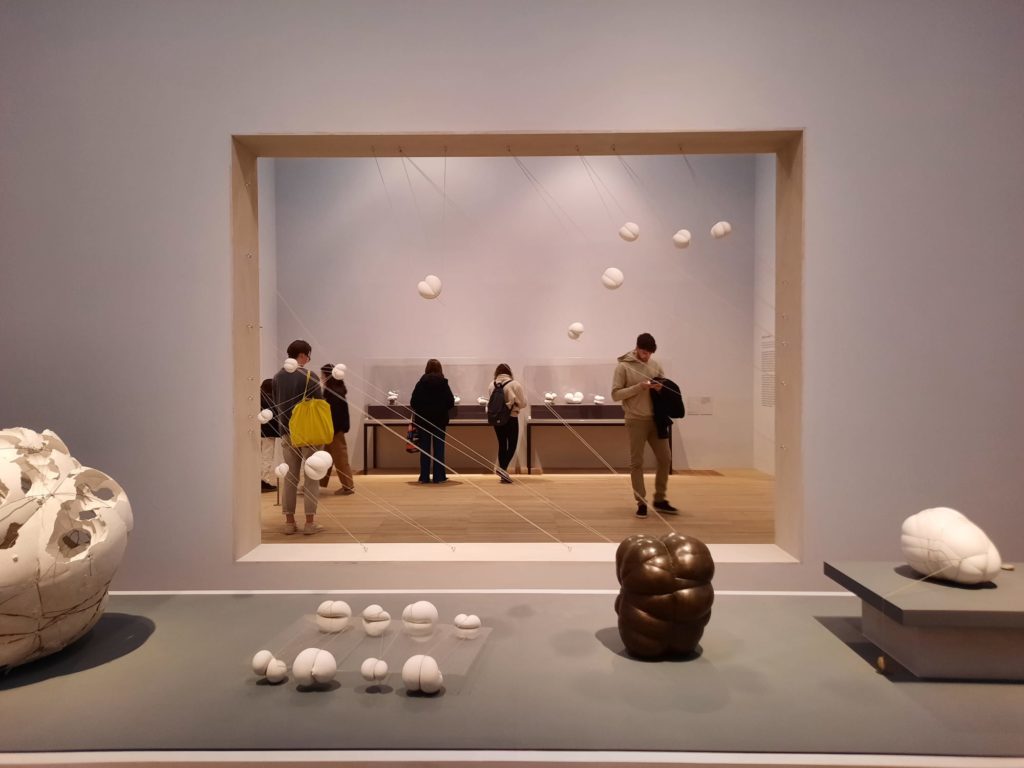

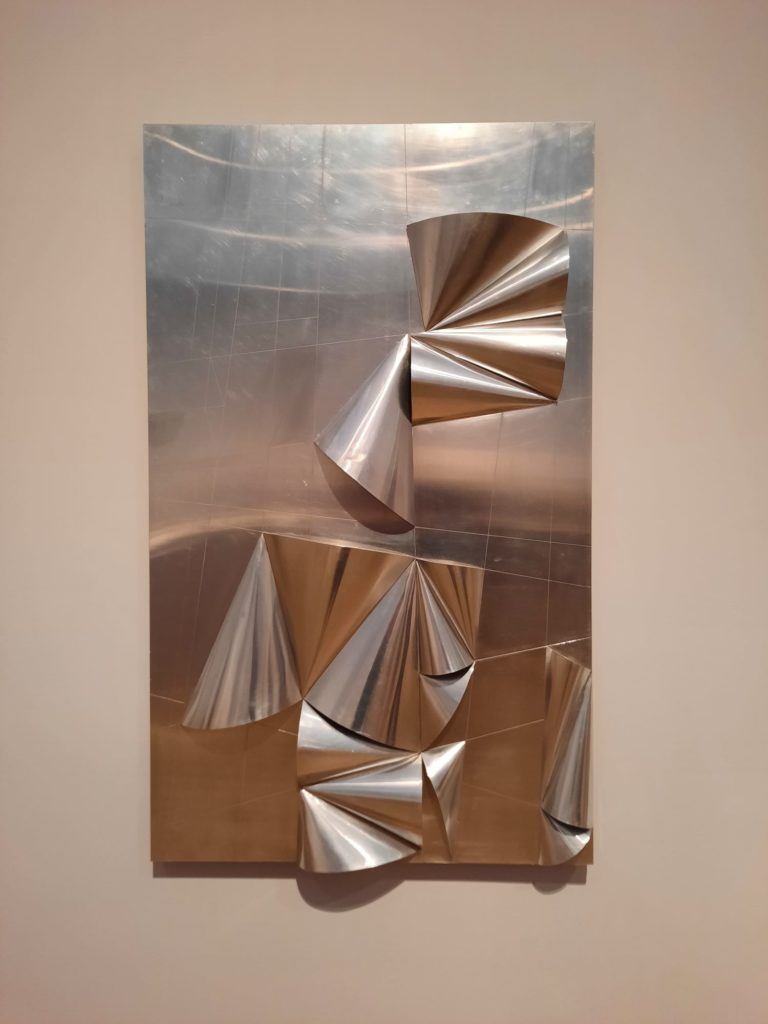
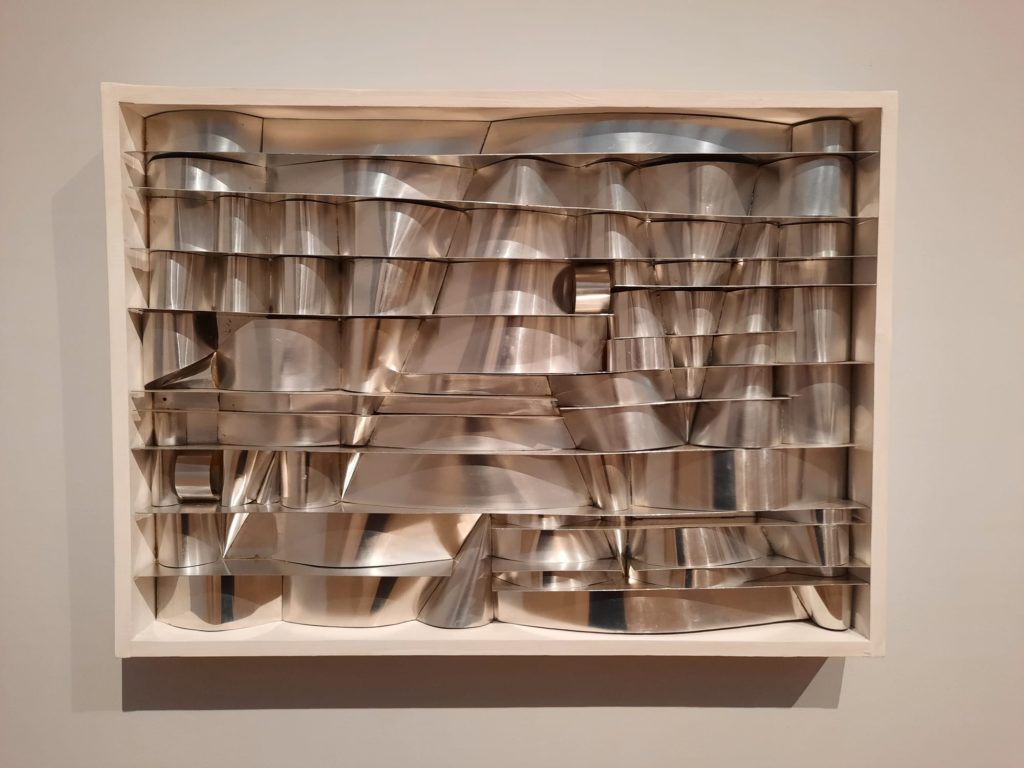

Final Thoughts On Maria Bartuszová
This is a relatively small exhibition for the Tate, but is a nice scale to get to know Bartuszová as an artist. It’s a common refrain on the Salterton Arts Review, but it’s a good opportunity to see works not frequently represented in UK collections. Ok fine, some are from the Tate. But because Bartuszová’s reputation is only now on the rise, there are several here from prominent private collections, presumably purchased in recent years.
Tate Modern has a couple of blockbusters on at the moment. I left it too late and couldn’t get tickets to Cézanne. And did get tickets to Yayoi Kusama: Infinity Mirror Rooms which has been blockbusting for over a year now. By contrast Maria Bartuszová is calm and relaxed. There are enough paid exhibitions splitting visitors’ interests that you can explore this one in peace. Which is a good thing, as many of Bartuszová’s works are small in scale and deserve careful consideration from various angles.
I will keep going to see these Tate exhibitions on female sculptors for as long as they put them on. I like this belated redressing of the gender imbalance in art history. And always enjoy getting to know a new artist. On this occasion the curatorial tone was a bit much for me and I preferred taking the sculptures on their own merits. But I appreciated that Bartuszová is now getting the full Tate treatment.
Salterton Arts Review’s rating: 3.5/5
Maria Bartuszová on until 25 June 2023
Trending
If you see this after your page is loaded completely, leafletJS files are missing.

